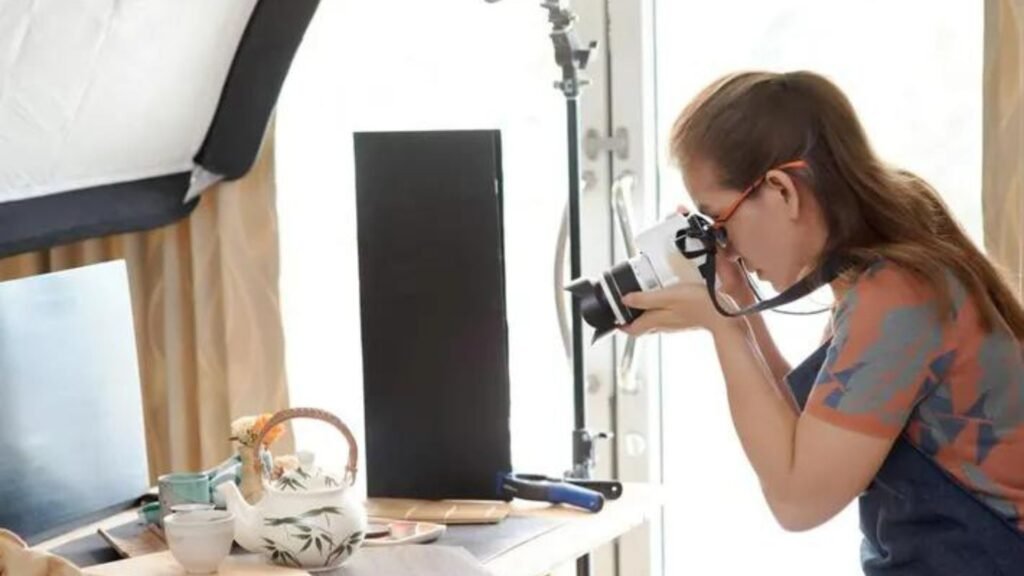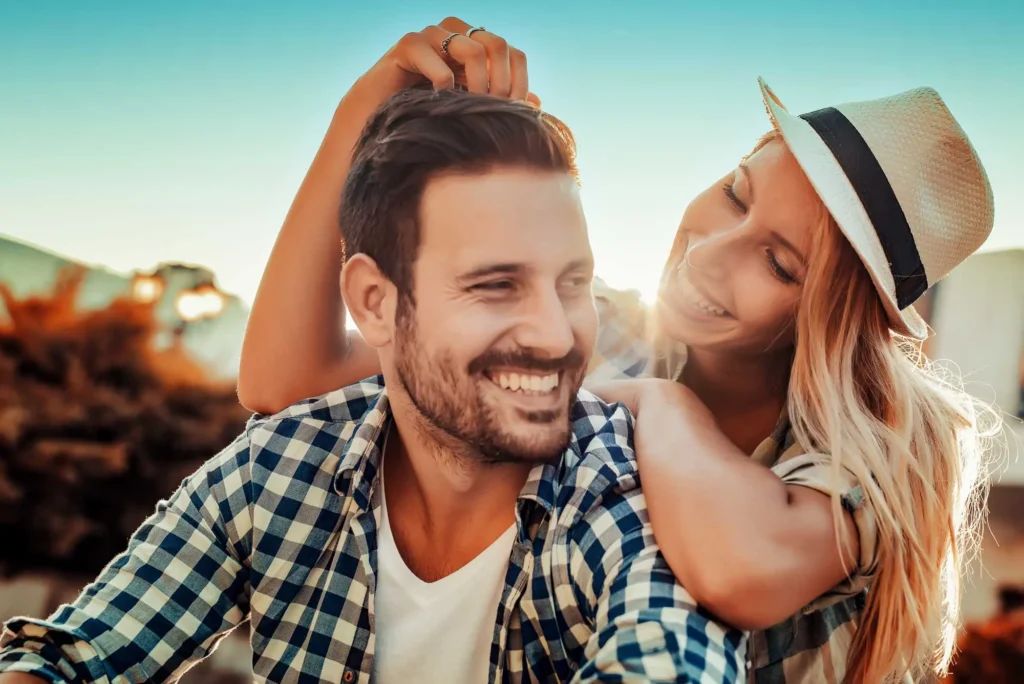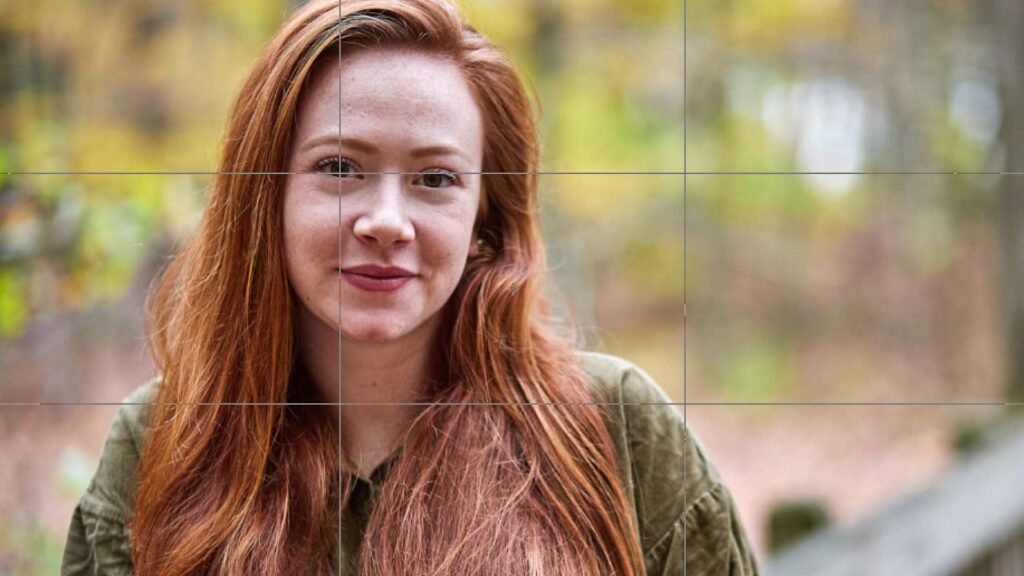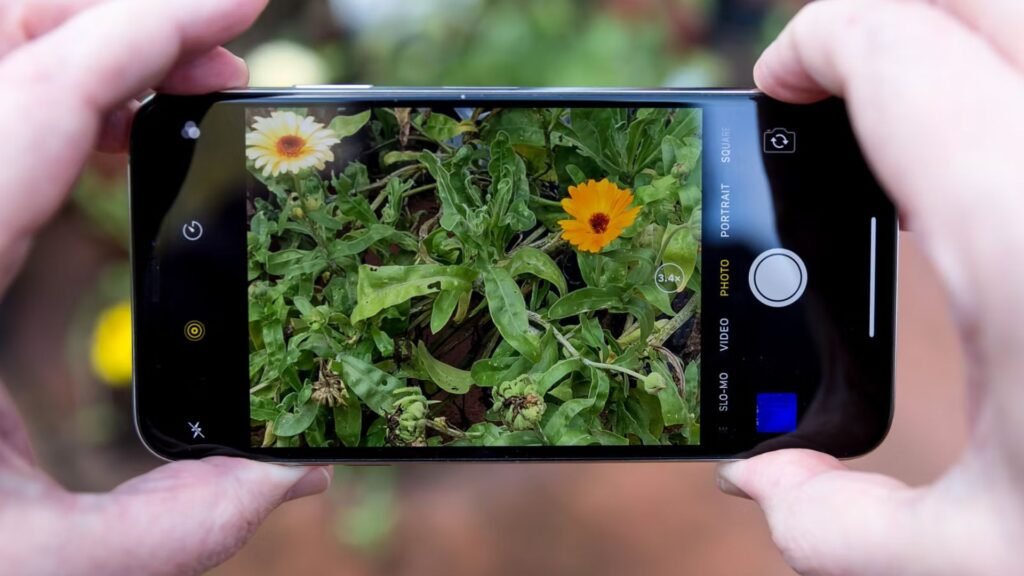Jul 3, 2024
Tips for Photography Composition with Lines
Lines are powerful compositional elements in photography. They guide the viewer’s eye, create depth, and can convey movement, structure, and emotion. Here are some tips on how to effectively use lines in your photography compositions.
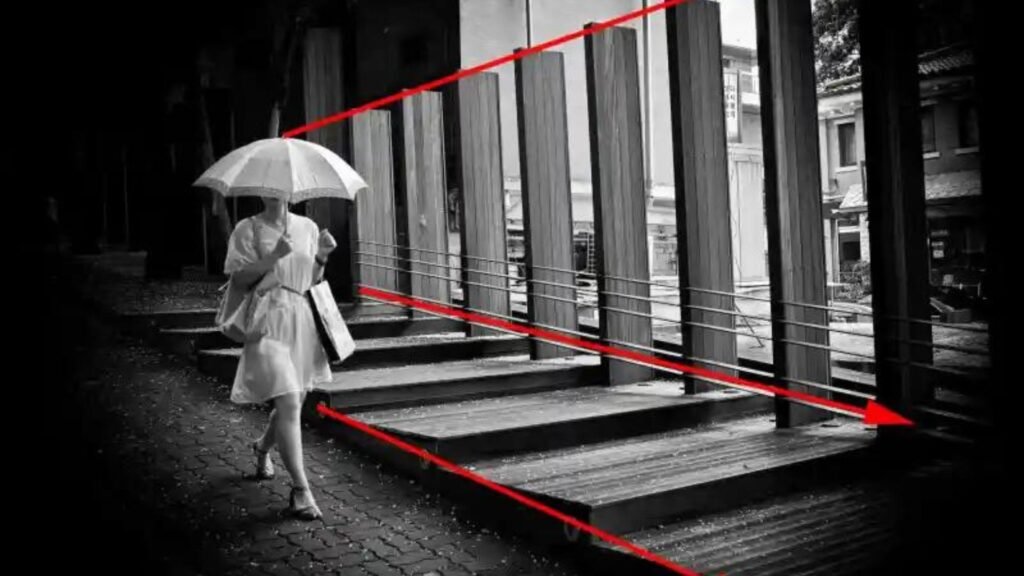
Understand Different Types of Lines
There are several types of lines you can use in your compositions, each with its unique impact:
- Horizontal Lines: Convey stability, tranquility, and calmness. They often work well in landscape photography.
- Vertical Lines: Suggest strength, growth, and power. They are effective in architecture and portrait photography.
- Diagonal Lines: Imply movement, action, and dynamism. They add energy and lead the viewer’s eye through the frame.
- Curved Lines: Create a sense of fluidity, grace, and elegance. They guide the viewer gently through the image and can add a soothing effect.
Use Leading Lines
Leading lines are lines within the image that lead the viewer’s eye to the main subject or focal point. These can be roads, pathways, rivers, fences, or even shadows. By strategically placing leading lines, you can draw attention directly to your subject and create a more engaging composition.
Create Depth and Dimension
Lines can be used to create a sense of depth and three-dimensionality in your photos. Converging lines, such as railroad tracks or a row of trees, lead the viewer’s eye into the distance, giving the image a feeling of depth. This technique is particularly effective in landscape and architectural photography.
Frame Your Subject
Using lines to frame your subject can add emphasis and draw attention to the focal point. Natural frames, like tree branches, windows, doorways, or even shadows, can create a border around your subject. This technique helps to isolate the subject and adds context to the image.
Incorporate Symmetry and Patterns
Symmetrical compositions with lines can create a sense of balance and harmony. Look for patterns and repetitions of lines that can add an interesting visual element to your photos. Symmetry and patterns are often found in architecture, nature, and man-made objects.
Experiment with Angles and Perspectives
Changing your shooting angle or perspective can dramatically alter how lines are perceived in your composition. Shooting from a low angle can make lines appear more dynamic and powerful, while a high angle can create a different visual impact. Experiment with different viewpoints to see how lines interact with other elements in your frame.
Use Implied Lines
Implied lines are not actual lines but are suggested by the arrangement of elements within the image. For example, a person’s gaze or the direction someone is pointing can create an implied line that guides the viewer’s attention. These lines can be subtle but powerful in directing the viewer’s focus.
Play with Light and Shadow
Light and shadow can create strong lines that add depth and interest to your compositions. Harsh light can cast distinct shadows that form lines, while soft light can create more gentle and gradual transitions. Use light and shadow to highlight lines and add a dramatic effect to your photos.
Combine Multiple Types of Lines
Combining different types of lines in a single composition can create complex and interesting images. For instance, you can use horizontal lines in the background with diagonal lines leading to the subject, adding layers and depth to your photo. Experiment with various combinations to find what works best for your vision.
By incorporating these tips into your photography, you can harness the power of lines to create more compelling and visually engaging compositions. Whether you are shooting landscapes, portraits, architecture, or street scenes, understanding how to use lines effectively will elevate your work and make your photos more dynamic and impactful.
More Details
